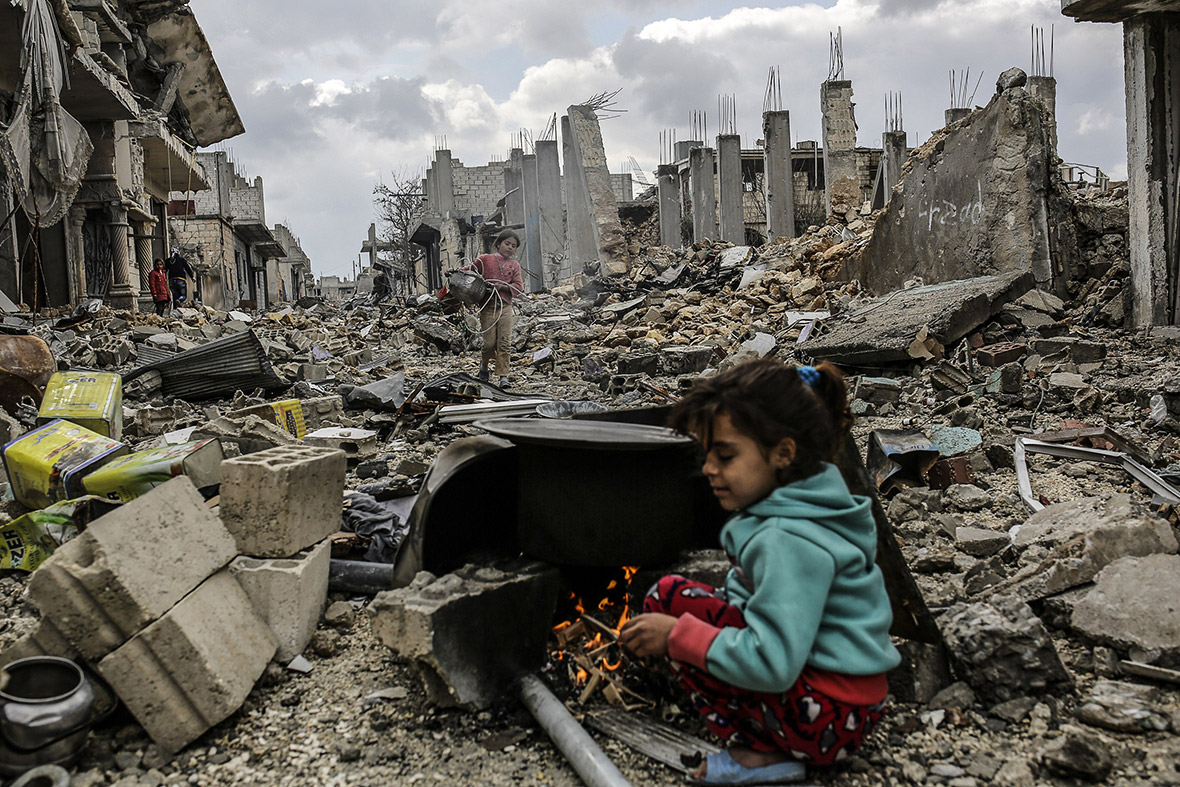Life in the ruins: Syrian Kurds return to Kobani, reduced to rubble by the fight against Isis
Four months of fierce battle between Kurdish fighters and Islamic State (IS) jihadists, supported by US-led air strikes, have left the town of Kobani in ruins.
The border town was once home to 200,000 people, but most fled into Turkey when the IS onslaught began. Many watched the daily bombardment of their home town from a hill just over the Turkish border.
Although all of the Islamist militants have been killed or driven out of the town, residents have been advised not to return to Kobani. Half of the town lies in rubble, there's no electricity or water, and IS littered the place with booby trap bombs.
But an estimated 40,000 people have returned to what is left of their homes, with thousands more arriving every week. Many are uncertain of the future, but there is a sense of optimism, a determination to show defiance in the face of Islamist aggression.











© Copyright IBTimes 2025. All rights reserved.




















